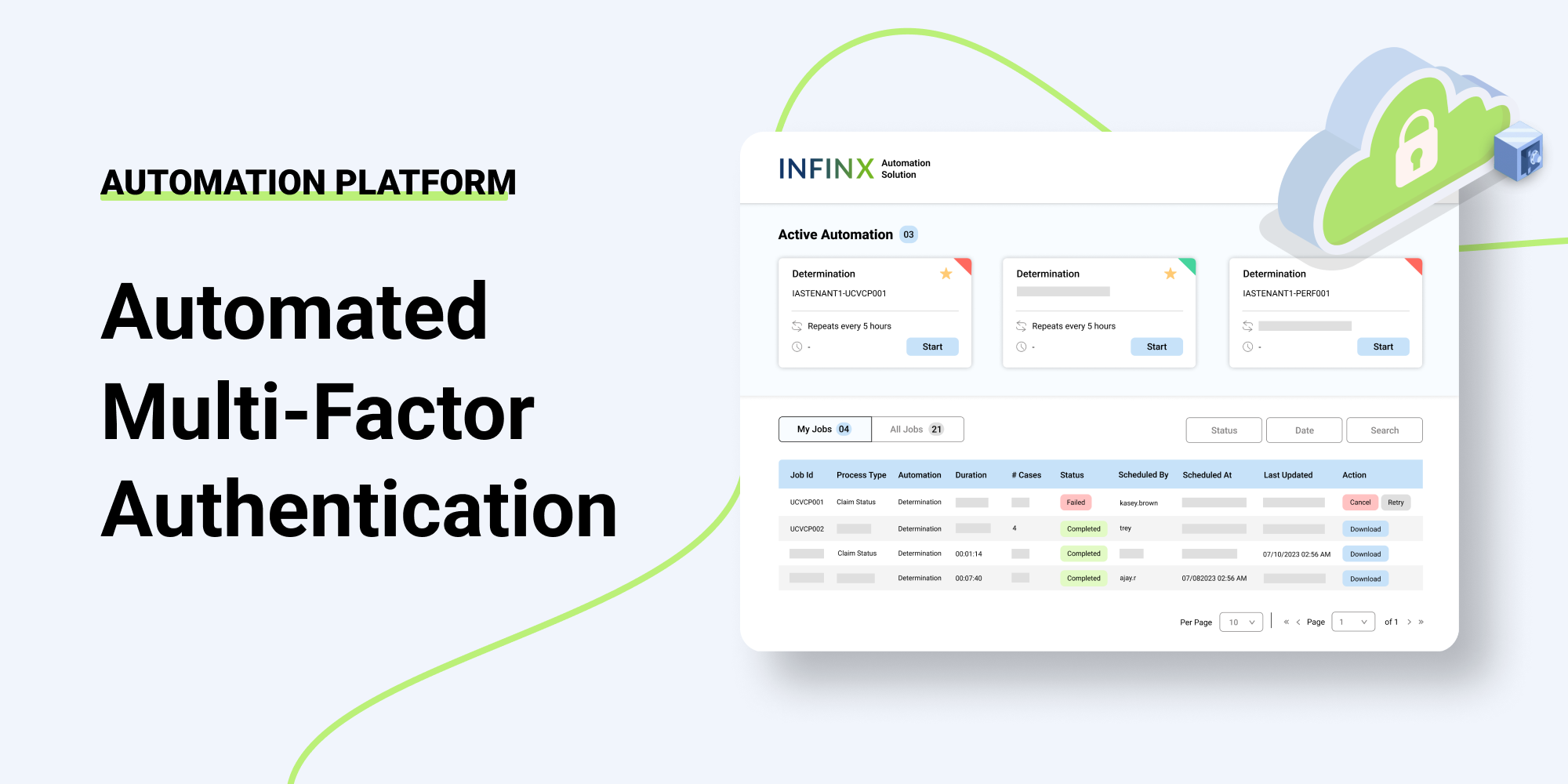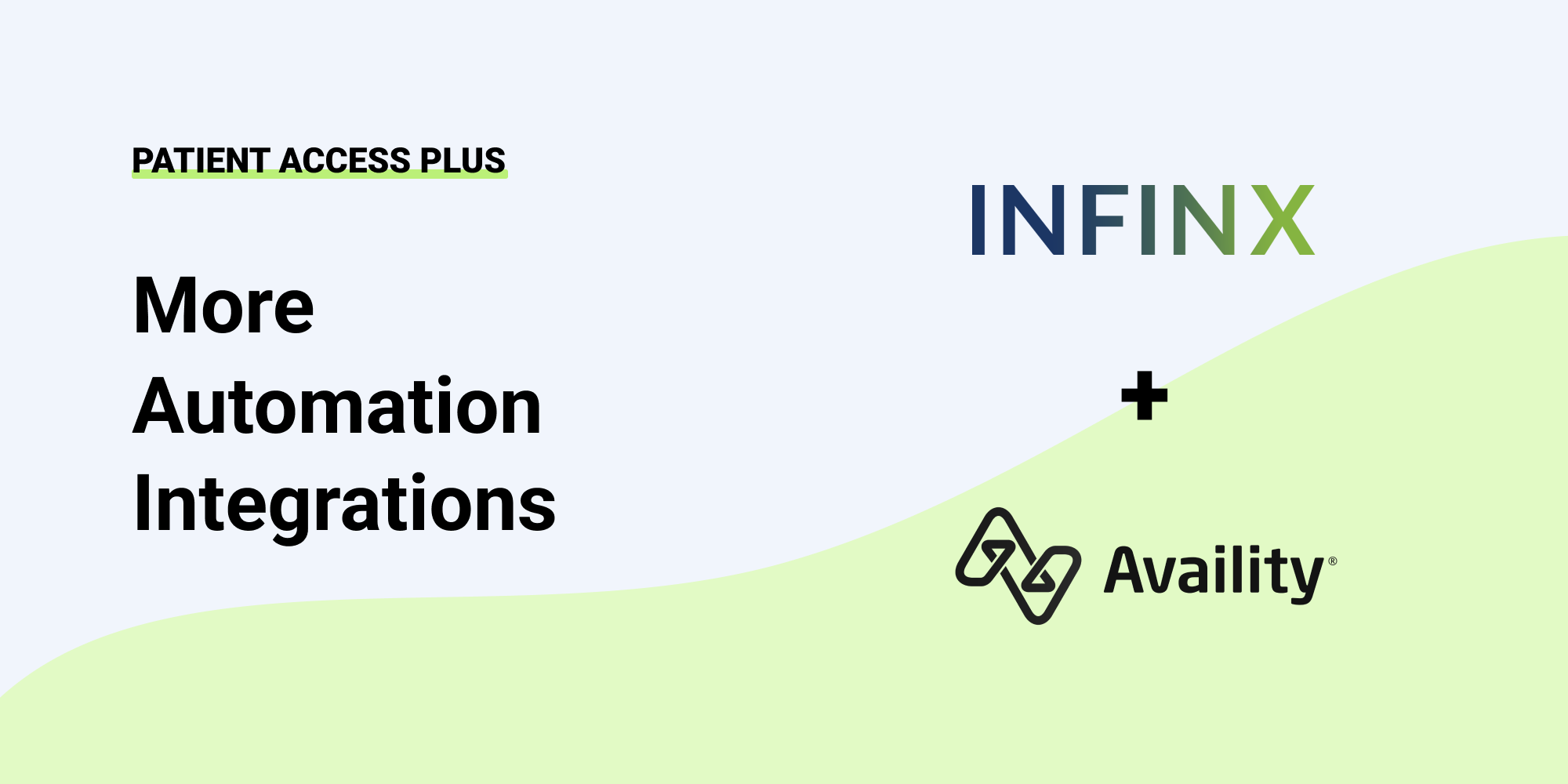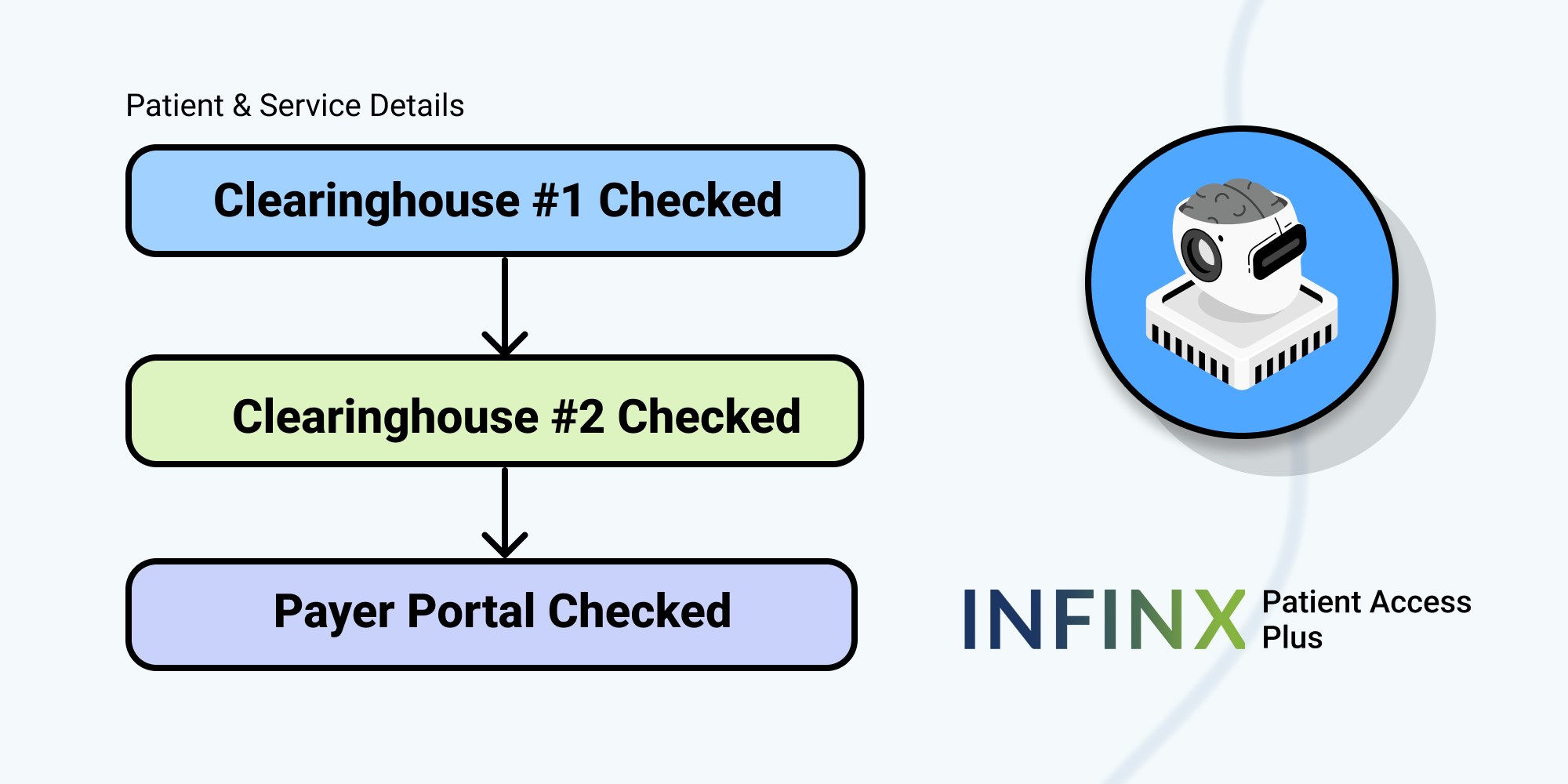When healthcare organizations look for places to regain lost revenue, patient access is one area that may be overlooked. However, the patient access process is a core element in revenue cycle management (RCM), and when successful, can significantly improve the receivables that come in the door. Consider this:
1: From the time the patient first interacts with staff to schedule a test or procedure, patient access touches every point downstream until the charge arrives at the coder.
2: Eighty percent of reimbursement limitations in this arena come from poor processes, 20 percent come from staff issues.
How Patient Access Process Impacts Reimbursement
If technology is antiquated, staff untrained, and old habits languish long enough to become process, the result is an ineffective patient access system that generates incomplete prior authorizations, improper billing, and loses revenue. A data dive usually shows that eligibility or prior authorizations were not completed correctly from the get-go.
When point-of-service collection is inefficient, or not done at all, it contributes to inaccurate patient pay estimation, denials, appeals and write-offs. Not only does this “trickle-down” have an adverse impact on successful reimbursement collection, the resulting denials and rework cost hospitals and healthcare providers precious time and money.
There are other issues that can arise, and they are all just as costly:
1. Poor patient access process can reduce patient volume. The patient’s first point of contact with a healthcare organization of any size is scheduling and registration. That interaction sets the tone for the patient experience – a good first impression retains patients, a poor one can cost patients. Even if patients had an extraordinary clinical experience, poor staff attitude, confusing scheduling, or inaccurate/surprise bills will overshadow everything. and the patient may go elsewhere. That’s costly outmigration from a preventable root cause.
2. Eventually, an ineffective patient access process lands right back in the staff’s lap. Irate patients are going to call regarding insurance denials and that creates a stressed, unhappy staff.
3. Denials and write-offs impact the organization’s finances and the physician’s wallet.
Repairing Patient Access Can Recover Revenue
To repair underperforming patient access systems, the devil is in the details. Go back to the beginning of the reimbursement collection process and look at every point of contact with the patient. Is the culprit a lack of process, too little training, or an overburdened staff? For beginners, ask these questions:
Is the front desk staff checking eligibility?
– Are they collecting co-pays at the time of service?
– Do they have the technology to do their job?
– Are they trained appropriately?
– Do they have too much to do, so none of it is being completed properly?
Next, consider where the patient access process is breaking down. For example, if there are too many prior authorization denials:
– What is the workflow process that gets the authorization number to the claim correctly?
– What are all the elements of the process at the claim level?
– What are all the steps, all the way back to patient intake?
This granular view will reveal where gaps and missteps are interrupting the process.
Ask, “Is this a staffing issue?”
Some of the key questions are “How is your staff performing within the patient access protocol?” and “Are there barriers to them performing as they should?” To answer these questions, ask more:
Is the organization understaffed?
Are steps being missed because there is too much patient volume flowing through the department?
In that case it may not be a process issue, it may be a staffing issue that is hindering revenue.
Once you have collected the facts, and discussed with staff, it may be an issue of reengineering.
Technology Can Be Part of the Answer
Some organizations and their staff resist technology because implementing it can be disruptive and staff may resist the change. However, when implementation is seamless, technology is a benefit rather than a detriment, finding efficiencies, improved productivity, and revenue. Technologies can make everything easier, and patient access staff becomes more productive and less stressed.
The same is true for patient access. Implementing technology forces process to take hold and shines a productive light on system strengths and weaknesses. Technology can deliver the data leaders need to improve turnaround times for verification and eligibility. It can also shorten patient wait times at registration, enhance successful insurance coverage (and therefore patient satisfaction), and get them to their doctor, test, or procedure. The right technology will vastly improve the patient access process and help retain patients and that is the most important bottom line.
Are you interested in finding the right tech-enabled solution to optimize your patient access process? Request a demo here.


